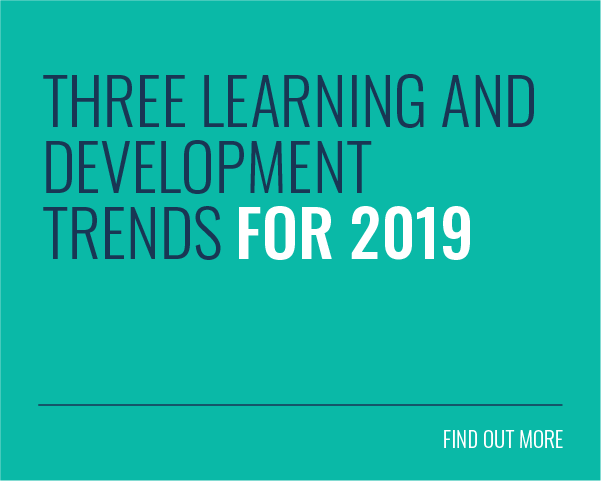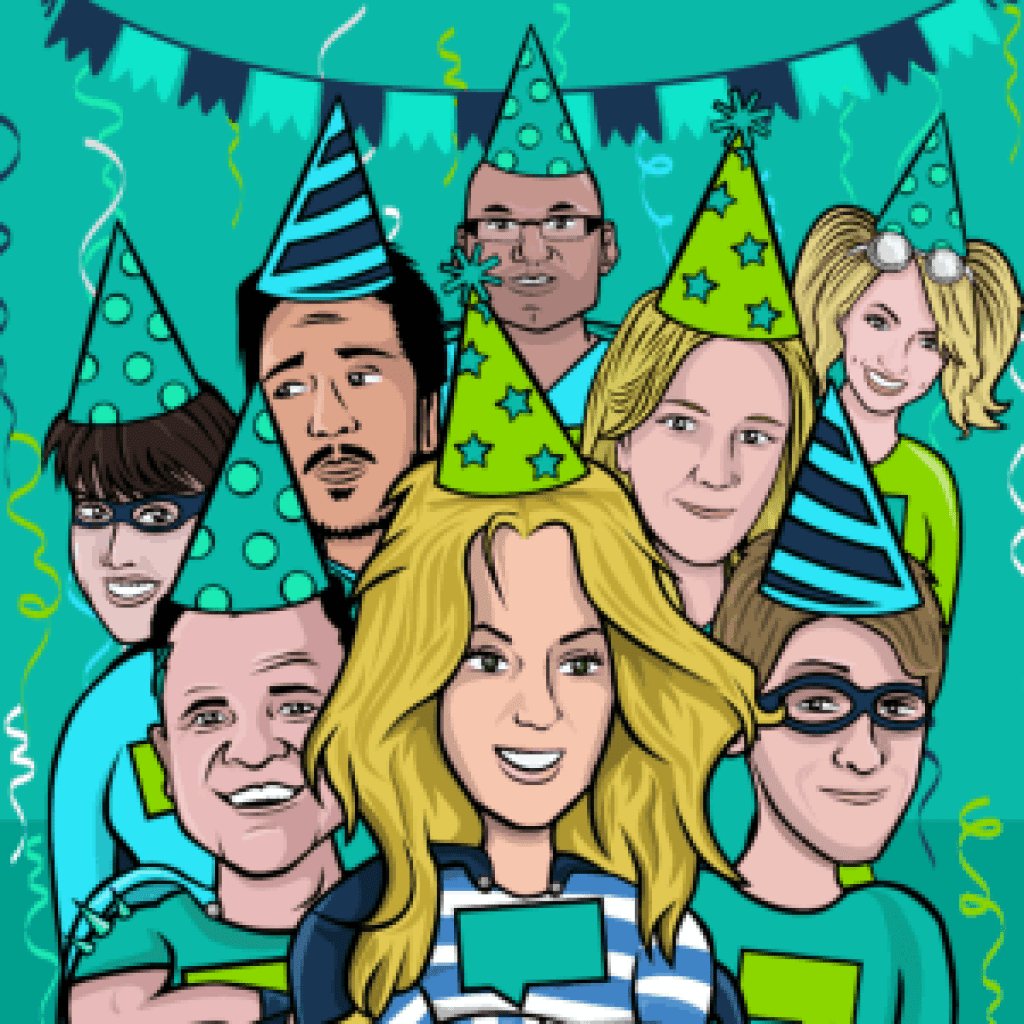
Do you know what the biggest problem with online learning is? Here’s the answer: it is goshdarn mind-numbingly boring!
The majority of eLearning sends learners to sleep, makes them dread their upcoming training and causes them to question whether they really want to improve their skills and knowledge in the first place – is torturous online learning really worth it!?
And that’s a massive problem. The entire purpose of online training is to upskill learners, improve their career prospects and put them in a great position to not only excel themselves but to push the organisation forward to new successes, too.
So when it comes to fixing the problem of boring learning, what can be done? There are a number of ways to improve online learning and engage learners with their training, from personalising the eLearning courses and rewarding learners with points and badges (i.e. gamification) to encouraging learners to compete with one another and share their knowledge. We’ll cover them all another time (or you can click here to download our effective use of gamification white paper or here to go directly to our resources page to read a couple of nice meaty white papers which should cover everything!), but for now, let’s talk about Learning Objectives.
It might sound a bit boring and remind you of being in a classroom at school, but learning objectives are an essential part of online learning. But there is more to a learning objective than a statement of what the learner is required to understand at the end of the training. When learning objectives are used in the correct way, learning won’t seem so dull and boring; online learning will have meaning, direction and excitement.
Learning Objectives Aren’t One-Offs:

You should always think of learning objectives as individual parts of an ongoing ‘whole’ training programme. Sure, one module might be stand-alone (such as ‘Deciding which fire extinguisher to use in a fire’), in which case the associated learning objectives might be:
- Correctly identify which fire extinguisher to use for a particular fire
- Understand how to use fire extinguishers
But don’t forget that it is part of an employee’s whole training about fire safety – they also need to learn about how to prevent fires, what to do in the event of a fire, who to contact, the escape routes and so on.
Learning objectives aren’t discrete training goals – think of them as ingredients in a cake. You need to add all the right ingredients in the correct order to make a tasty cake, rather than a dry, dusty disaster (which is what a lot of eLearning becomes!).
Learning Objectives Should be Meaningful:
So, if we agree that learning objectives aren’t discrete goals but part of a whole learning journey, how do we make them ‘add up’ correctly and make the journey worthwhile?
With online learning, one of the ways to do this – and something that is available on our Academy, the world’s #1 LMS – is to assign learning to ‘Levels’. As learners interact with their LMS and take training, they’ll gain points, just like in a video game. Once they’ve gained the requisite number, they’ll ‘level up’.
Levels on the Academy LMS are an aspect of the gamification functionality that we really think makes a difference to the learner experience. So if the overarching goal of training is to understand the fire safety policies and best practices within an organisation, then ‘Levels’ can be created to encompass each stage of the training.
Let’s see how it might work:
A learner logs on to their LMS for the first time in order to take the fire safety course required of them by their organisation. As soon as they enter the exciting world of online learning, they’re assigned to the first ‘Level’: Raging Blaze. Associated with this Level are some predefined eLearning modules, access to specific chat groups (or ‘Insight Groups’, as we call them) and extra reading that relates to their Level.

After they go through everything available to them and learn about, say, the first thing to do upon discovering a fire, they’ll take a test or assessment to check they’ve learnt the topic. After doing all this, the learner will have accrued sufficient ‘Points’ to take them over the threshold of that Level and into the next one: Smouldering Fire.
In this Level, learners are given access to different eLearning modules, groups, tests and additional material. Again, they progress through, until they’ve gained enough points to ‘level up’ to the final level: Cooling Embers.
See how it’s all connected? Aligning learning objectives to Levels makes the whole process smoother, ensures learners are learning the right things in the correct order, keeps their training structured and even adds an element of fun – I’m sure we all know how enticing it is to earn points and ‘level up’; it’s the focus of almost every computer game around, after all!
Want to find out more? Our Resources show the importance of why and how online learning is engaging. Our other resources can also help you discover exactly what eLearning can do for your organisation!








